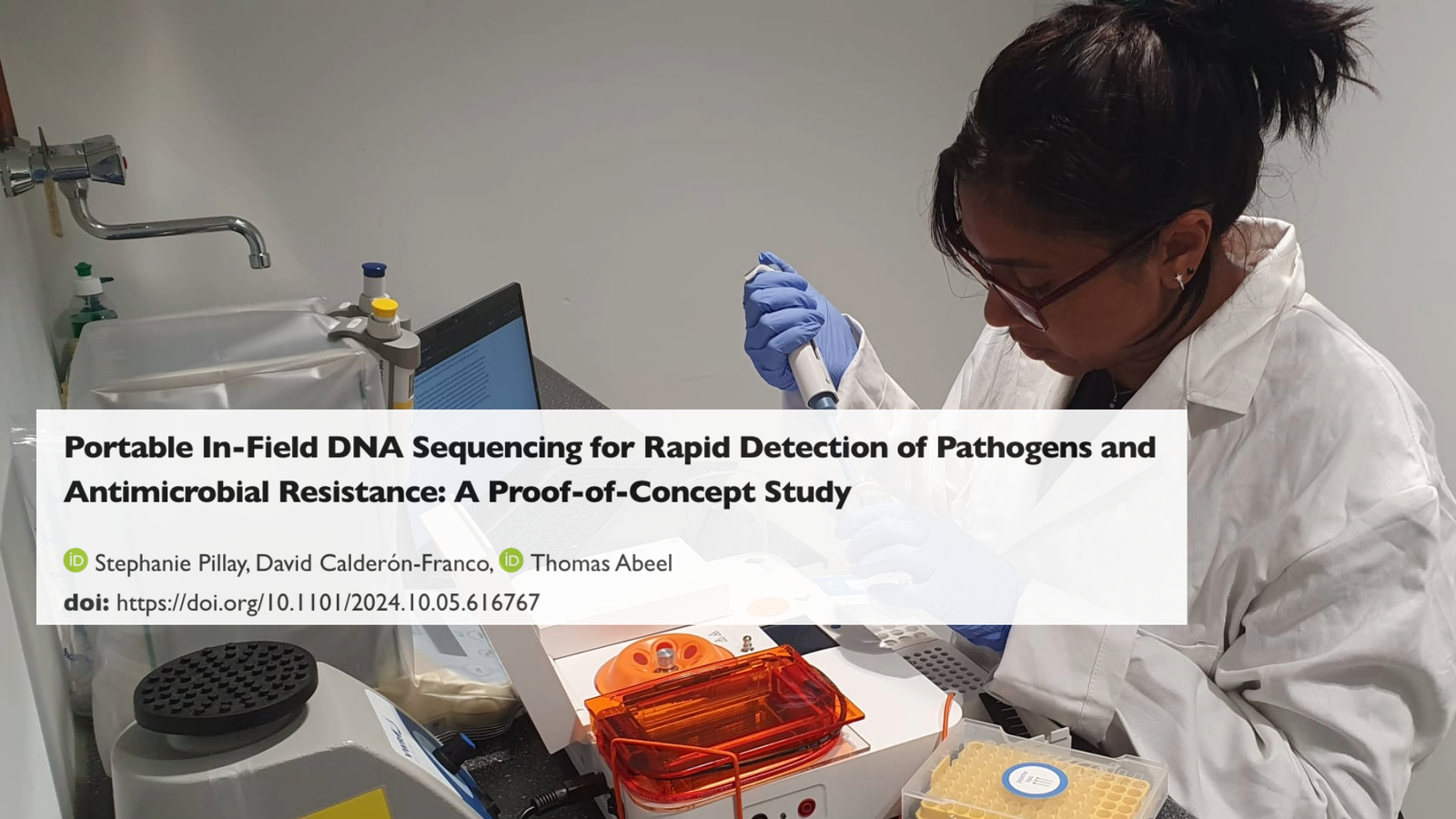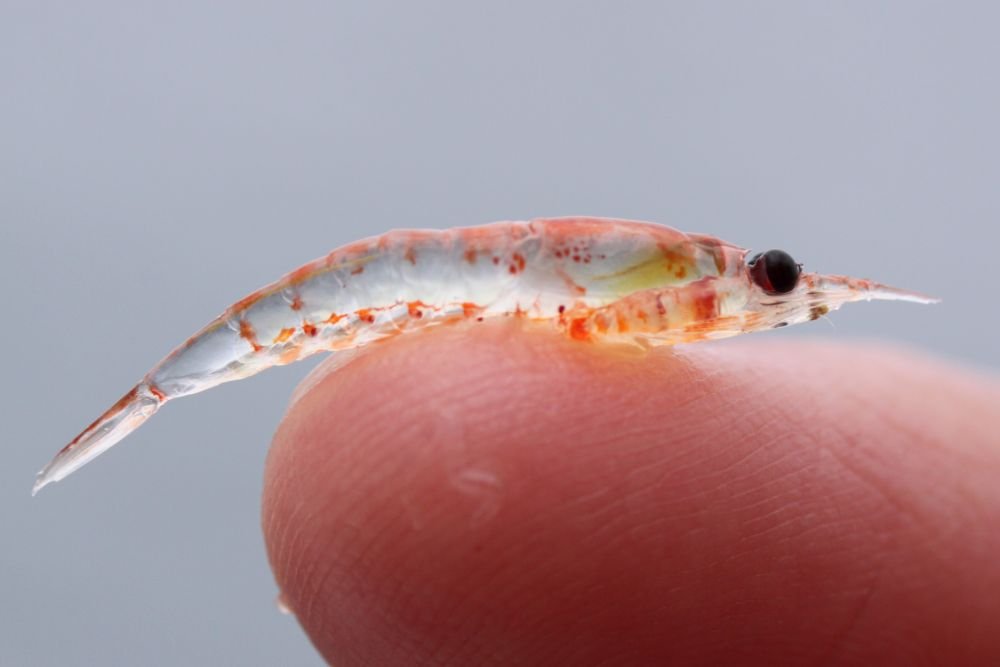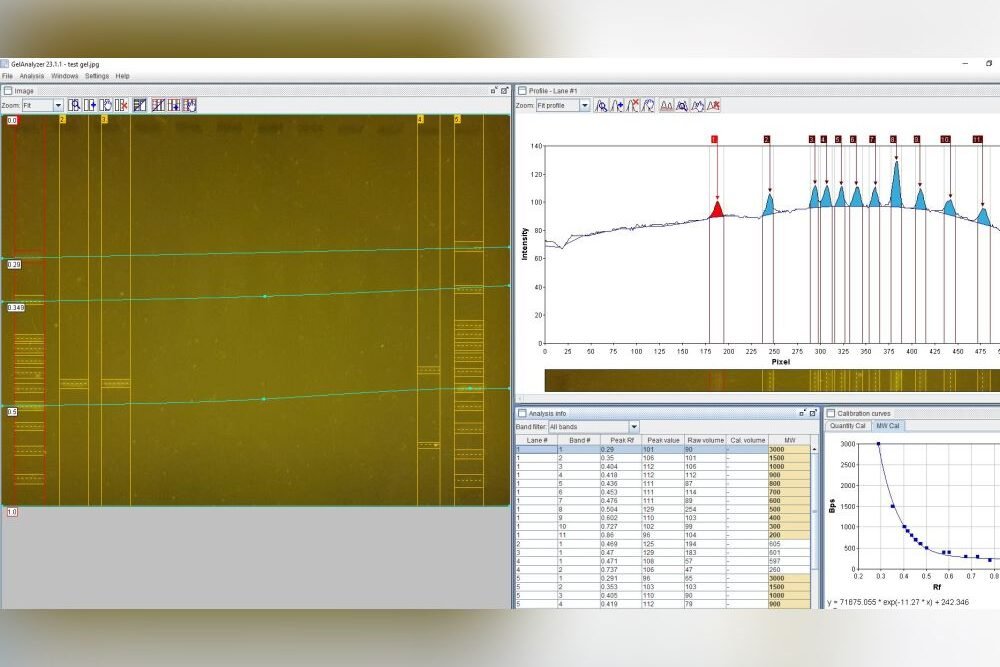Hey PCR enthusiasts,
Here are some updates from Bento Lab!
This week we’d love to share details of some useful resources:
- A great modular DNA extraction method (Mu-DNA)
- A free and open-source DNA barcode analysis and organisation platform (BarKeeper)
- A article on problems encountered in DNA barcode practices, that contains one of the best workflow diagrams we’ve seen so far
Methods and Techniques
Mu-DNA: Modular Universal DNA Extraction Methods
If you’re interested in homemade DNA extraction kits, or want to learn how they work, then here is an article for you!
Researchers from the University of Hull (England, UK) have produced, tested, and published a modular DNA extraction system called Mu-DNA (Modular Universal DNA Extraction). Their system is based around spin-column extraction methods using homemade buffers, and it’s flexible enough to extract DNA from a wide range of sample types including water samples, tissue samples, and soil samples.
The authors found their methods produced comparable or better results to commercial kits at a fraction of the cost (£0.67-£0.81/sample compared to £5-£7/sample for a commercial kit). Their modular approach also allowed workflows to be easily optimised, for example by adding different grinding or wash steps for difficult samples.
This article and its protocols are also useful for anyone wanting to learn how spin-column kit DNA extraction methods work because the purpose and function of each chemical is clearly described.
You can find the article here:
You can also read the protocols on Protocols.io.
Software and Applications
BarKeeper, a DNA barcode analysis and organisation platform
If you need a platform to organise and analyse a large amount of sample and DNA barcode data then you might like to learn about the BarKeeper framework.
BarKeeper is a free open-source application developed for the GBOL5 project, a sub-project of the German Barcode of Life initiative aimed at barcoding plant species.
Some key features:
- It keeps track of all your specimen data
- It works for Sanger sequences and high-throughput sequences
- It allows automatic processing from chromatogram to contig to sequence assignment, plus quality checks
- Most if not all of the sequence curation can be done on the platform, including manual checking of chromatograms and contig alignments
- It can be set up on personal computers or on a web server using Docker for easy setup, and can be accessed remotely by web browsers
You can read the article here:
You can also check out the BarKeeper demo portal here: http://barkeeper.uni-muenster.de/ (login: [email protected], password: barkeeper2022).
If you know of any other free, open-source alternatives to managing a lot of DNA barcoding data, then we’d love to know about them too!
Articles We Love
Problems in DNA Barcoding Practices
For anyone interested in DNA barcoding workflows and their problems, or explaining DNA barcoding practices to others, you may find the article below useful.
Cheng et al. (2023) looked at the problems in DNA barcoding in large-scale insect DNA barcoding based on a dataset of nearly 70k barcode sequences. They observed that identification mistakes are not uncommon and can occur at multiple points throughout the DNA barcoding workflow.
To address these problems, the authors emphasised the importance of a detailed quality control procedure that involves checking every sample for mistakes, in which initial potential misidentifications (morphological or genetic) are flagged and assessed, and any mismatches are investigated. This does sound obvious and is what most people do, but it can be difficult to keep track of everything in large DNA barcoding programs involving many people!
We particularly loved their workflow diagram (below) that illustrates the common process of establishing DNA barcodes for specimens (in blue), their quality control processes (in orange), and how the quality control processes are also the steps one might use to identify unknown or suspect samples.
However, it’s important to note that this is an example workflow and your own particular use cases may need additional steps such as re-sequencing, resampling, additional sampling of reference material, phylogenetic analysis, and/or taxonomic work.
You can check out the article here:
If you’ve seen a better diagram that can be used to help explain DNA barcoding in detail to the public and beginners, please do send us a link or reference!


